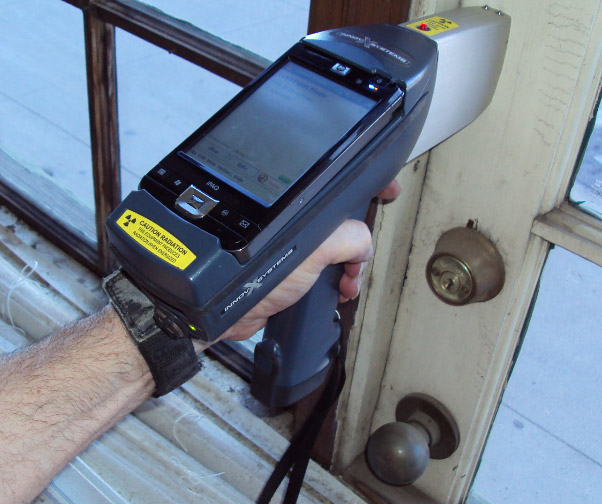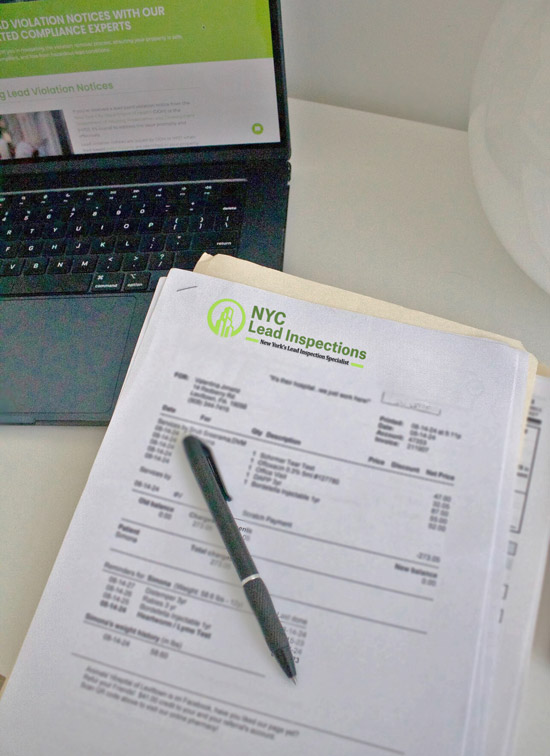Clear HPD Lead Infractions and Safeguard Your Building Financial Investment
Navigating the intricacies of HPD lead infractions is vital for property owners that prioritize both conformity and renter security. With the significant health and wellness threats connected with lead exposure, particularly in older structures, resolving these offenses is not merely a regulative responsibility however a critical investment in the property's long-lasting value. By recognizing the actions necessary to resolve these issues and the importance of timely action, property owners can improve their online reputation and prevent possible fines. The effects of overlooking this responsibility might be a lot more extensive than you recognize, motivating a closer assessment of your present technique to property management.
Recognizing HPD Lead Infractions
Lead offenses determined by the Department of Real Estate Conservation and Development (HPD) are critical concerns that require instant attention due to the serious health risks related to lead direct exposure, especially in kids. HPD lead violation clearance. These violations usually emerge in structures created prior to 1978, when lead-based paints were frequently made use of. Quality that fall short to abide by HPD guidelines might deal with substantial lawful and monetary consequences

Landlords are obligated to attend to these offenses promptly. Failing to do so can lead to fines and further lawsuit from the HPD. Additionally, keeping conformity not only makes certain tenant safety however also safeguards residential or commercial property value and financial investment. Building owners need to proactively take care of lead dangers by performing regular assessments and executing needed rehabilitative procedures to stick to HPD standards.
Wellness Threats of Lead Exposure
Direct exposure to lead postures substantial wellness risks, particularly for susceptible populaces such as children and expecting ladies. Lead is a poisonous metal that can create a series of unfavorable health effects, largely impacting the nerve system. In youngsters, even reduced degrees of lead exposure can result in developmental delays, discovering troubles, and decreased IQ. The impact can be lifelong, influencing academic performance and total lifestyle.
Expectant females revealed to lead might experience issues such as preterm birth, reduced birth weight, and developing concerns in their kids. The fetus is particularly at risk to lead's dangerous results, as it can disrupt mind development.

Provided these major health risks, it is crucial for residential property owners to resolve lead threats proactively. By guaranteeing conformity with lead safety and security policies, they not only safeguard the wellness of their lessees however additionally safeguard the worth of their home investments. Recognition and punctual action are key to mitigating the threats connected with lead direct exposure.
Actions to Fix Violations
Dealing with lead infractions is essential for maintaining both tenant safety and residential or commercial property worth. The first step in fixing lead violations is to perform an extensive examination of the residential property to recognize areas where lead risks may exist. Engage a licensed lead assessor or danger assessor to perform this evaluation, ensuring that all potential issues are documented.
As soon as the inspection is total, it is vital to create a remediation plan tailored to the particular violations determined. This plan must adhere to regional and federal laws and detail the necessary actions to eliminate lead threats effectively. Employing a licensed lead reduction professional is suggested, as they possess the knowledge and equipment to manage lead securely.
After remediation work is finished, a follow-up evaluation needs to be conducted to validate that all lead threats have actually been appropriately dealt with (HPD lead violation clearance). This action is important for making certain conformity with the Department of Housing Preservation and Advancement (HPD) guidelines. Recording the whole process, including assessments, removal initiatives, and interaction with occupants, will certainly help maintain transparency and safeguard your residential property financial investment in the lengthy term. Maintaining records will certainly likewise aid in resolving any kind of future concerns or violations that may occur.

Significance of Timely Activity
Taking timely activity to settle lead violations is important for guarding lessee health and ensuring compliance with legal obligations. Lead exposure poses considerable health and wellness dangers, especially to prone populaces such as kids and expecting ladies. By resolving these infractions quickly, homeowner show a commitment to renter well-being and public safety.
Furthermore, prompt resolution of lead offenses is important for meeting governing needs. The New York City Division of Housing Conservation and Development (HPD) enforces rigorous standards relating to lead paint risks, and failure to abide can lead to serious penalties, consisting of fines and lawful action. Delays in dealing with these issues can exacerbate the scenario, causing much more extensive removal initiatives and boosted expenses.
Additionally, settling infractions quickly cultivates depend on and like it transparency between residential Continued property owners and lessees. Open communication regarding lead safety procedures enhances renter satisfaction and can minimize potential disagreements. Ultimately, taking prompt action not only shields public health yet also enhances the homeowner's credibility as a liable landlord. Prioritizing these actions makes certain that both legal and honest criteria are met, protecting the lasting viability of the residential property investment.
Maintaining Residential Or Commercial Property Value
Frequently attending to lead infractions is important for preserving residential property worth in today's competitive property market. Residences with unresolved lead issues can encounter substantial devaluation, preventing prospective buyers and lowering rental revenue capacity. Purchasers and investors are significantly vigilant concerning health and wellness standards; consequently, residential or commercial properties doing not have compliance with lead guidelines might be deemed liabilities instead than possessions.

In addition, residential properties that demonstrate a proactive strategy to lead infraction removal signal a commitment to occupant safety and total home upkeep. This not only boosts marketability however also promotes lessee retention, decreasing turn over costs. Quality that are compliant with wellness codes frequently draw in higher-quality tenants prepared to pay a costs for a secure living environment.
On top of that, keeping proper paperwork and a clear background of lead evaluations and removal can better reinforce building value. This transparency develops trust fund with prospective buyers and tenants, showing that the property has been well taken care of and is devoid of hazardous conditions.
Eventually, prioritizing lead compliance is not simply a regulative commitment; it is a critical investment in the long-term worth and desirability of your building. Safeguarding your financial investment today makes certain a more profitable tomorrow.
Verdict
Finally, dealing with HPD lead infractions is important for securing both occupant health and wellness and residential property financial investments. Timely remediation not only guarantees compliance with regulations yet additionally minimizes the considerable health and wellness risks linked with lead direct exposure. Aggressive monitoring promotes count on and enhances property worth, inevitably adding to a lasting financial investment technique. Prioritizing lead safety and security shows a responsible approach to building Home Page administration, enhancing the importance of maintaining a secure living atmosphere for all residents.